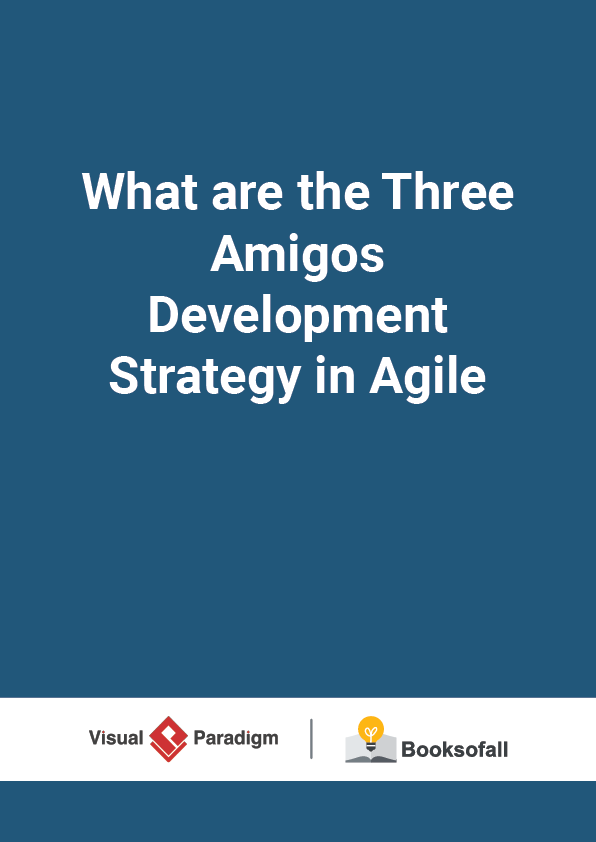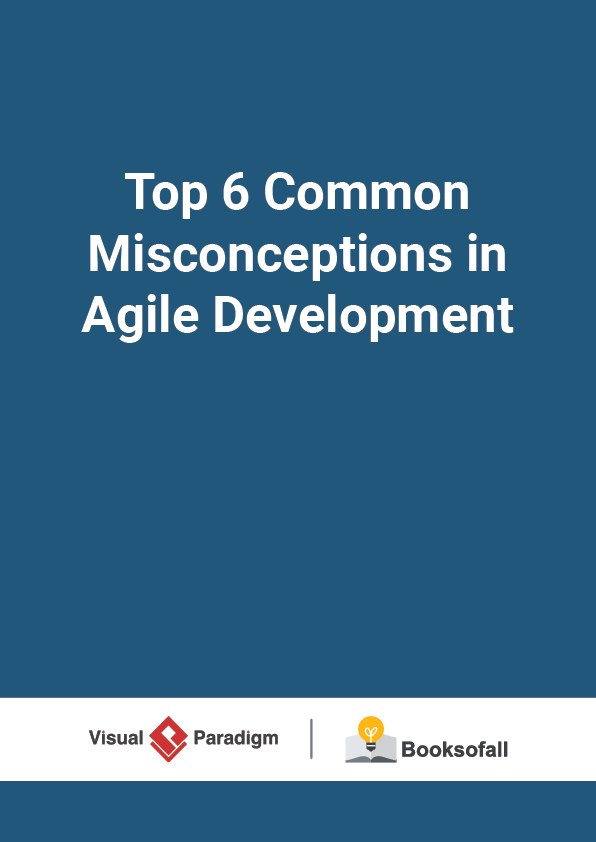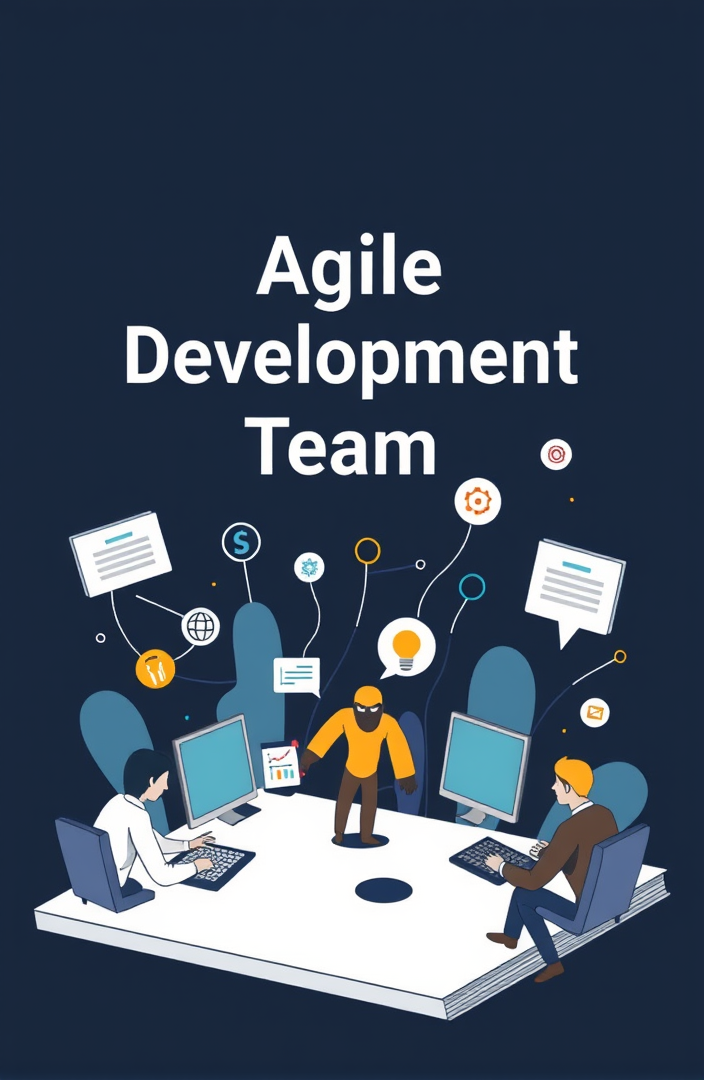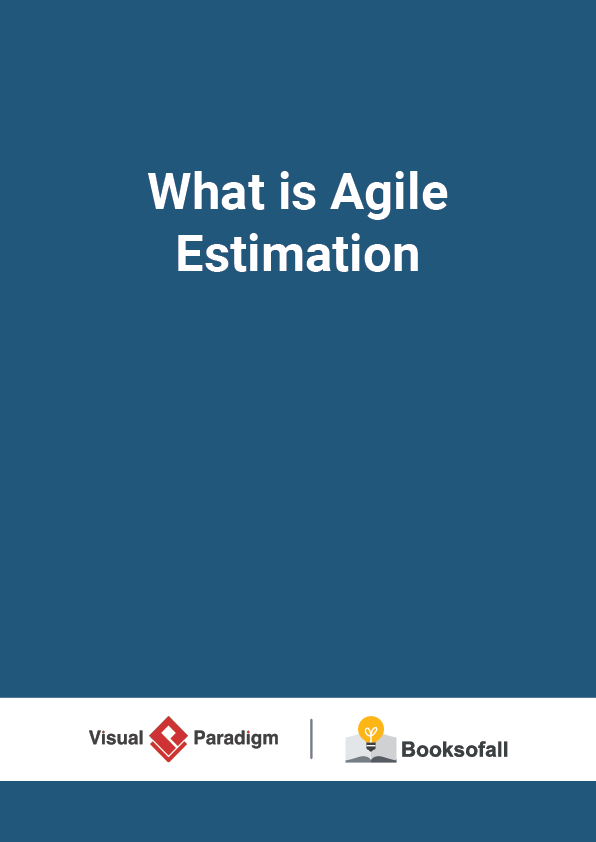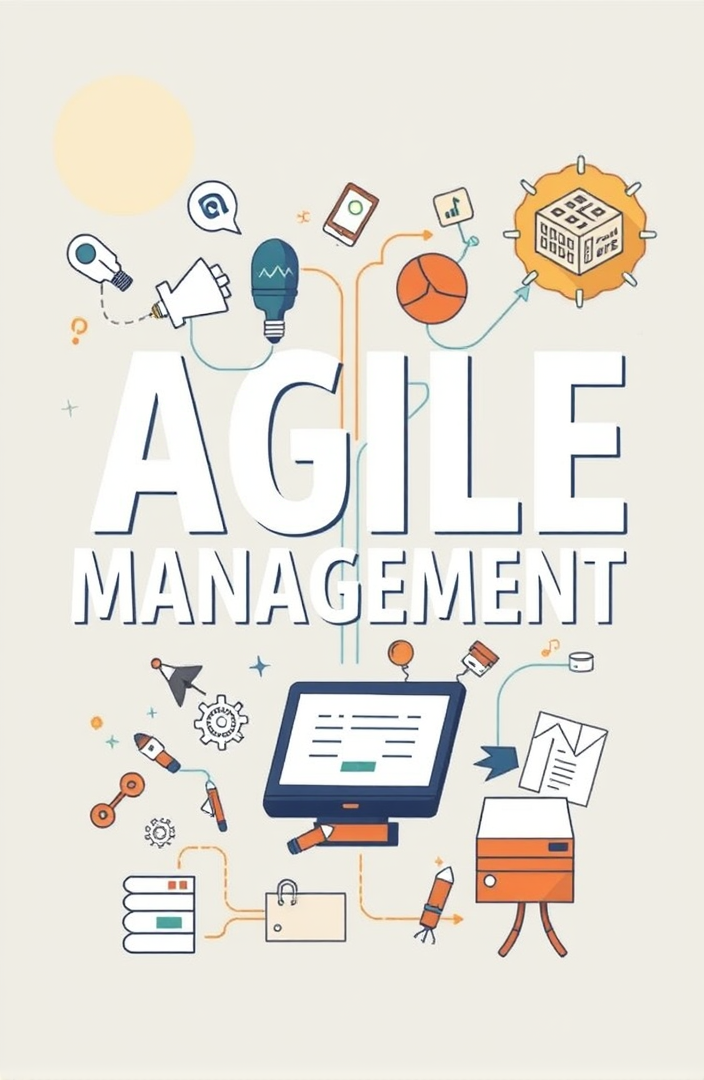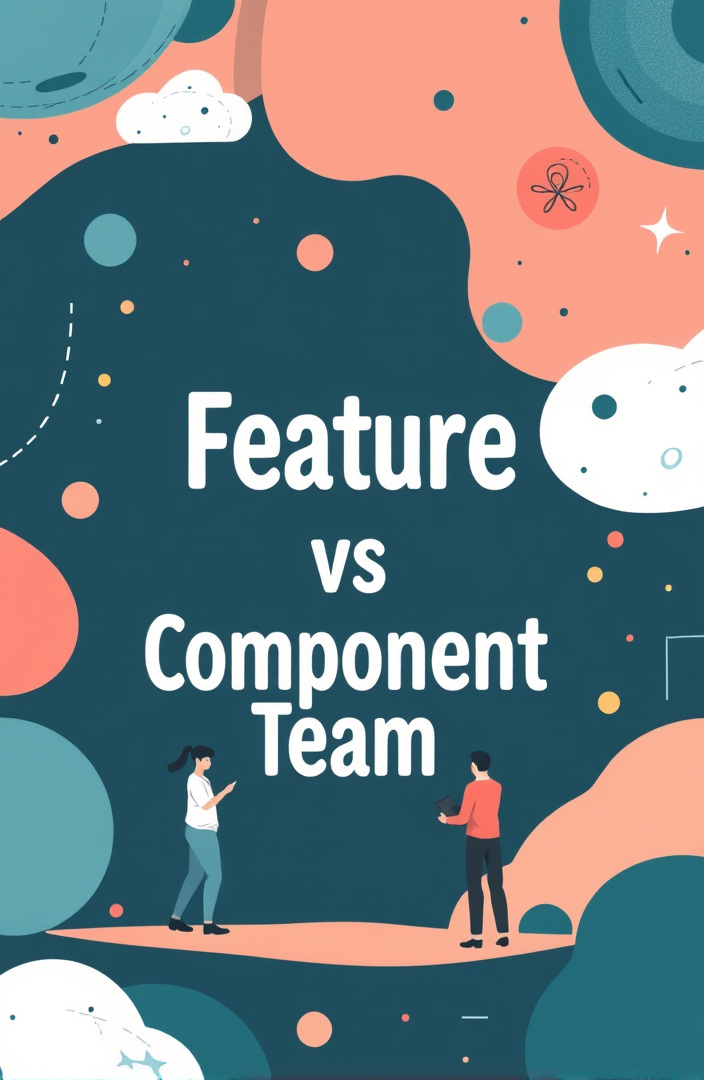User Story Splitting – Vertical Slice vs Horizontal Slice
7-9 minutes
Before a user story is ready to be scheduled for implementation in an upcoming iteration, however, many user stories start out larger than that. To splitting one user story into smaller ones that should be:
- The user stories should be small enough that can be completed within one iteration.
- The user stories should preserve the property that each of these user stories separately has measurable business value.
Learning to split large user stories into smaller user stories is one of the best things a team can do to improve their scrum workflow. Not only are smaller stories easier to understand and therefore easier to estimate, but their smaller size makes them inherently less risky for a team to take on. However, when people attempt to split a user story, they may not know it is more desirable to split a user story into a slice vertically rather than horizontally.
The granularity of User Stories in Product Backlog
In Agile Development, User Stories are in the form of user features, epics, user stories, and timeboxed tasks in the product backlog managed by the product owner together with the agile team. A user feature may be proposed by the users or other stakeholders and put into the product backlog by the product owner. These features can’t be implemented directly and subject to prioritize and refined as it comes up in the order from the bottom and gradually to the top of the product backlog called “product backlog refinement”.
Product Backlog refinement is the act of adding detail, estimates, and order to items in the Product Backlog. Ongoing Product Backlog Refinement is needed within each Sprint to refine items to be ready for future Sprints. When the backlog items are refined to the suitable level of granularity, the Product Backlog items at the top of the Product Backlog(highest priority, greatest value) are decomposed so they fit within one Sprint as shown in the Figure below.
Product Backlog Refinement
Not all items in the product backlog will be of the same size and level of detail at the same time. PBIs that we plan to work on soon should be near the top of the backlog, small in size, and very detailed so that they can be worked on in a near-term sprint. PBIs that we won’t work on for some time should be toward the bottom of the backlog, larger in size, and less detailed.
- At the top of this Figure above is the orange, largest bricks. They represent the business goals to be achieved by the system, namely use cases or user features.
- At the next level down are PBIs that are bigger than a single sprint but smaller than a release. Let’s call the PBI at this level epics.
- At the third level, we find PBIs that are sized appropriately for a sprint—they can be completed in days rather than weeks. These items meet the team’s Definition of Ready and can be represented as user stories.
- At the lowest level, these PBIs can optionally to be broken down into tasks from user stories and delivered by the end of a single iteration.
Why Vertical Slice?
The traditional approach is horizontal splitting and involves breaking down the features into the work that has to be done at architectural layers: one story for the UI, another for the database, front-end, and back-end are split up into groups of sub-tasks. This may work but fails actually at independent and valuable of INVEST guidelines for a good user story.
It’s recommended from an agile perspective that teams work on stories that consist of vertical pieces of the cake; in other words, slices. People don’t eat layers of a cake. We don’t eat all the top layer before we start eating the second layer – we cut the cake into slices (thin or thick, depending on your preference and diet) and then eat those. Again, looking at the cake as the whole product,
Let’s consider the “cake” analogy in an agile perspective, the idea is that a working demonstrable feature (software) is a multilayered cake. The cake would constitute all of the work and each layer would represent all of the work for that part of the product. A vertical slice of cake means a user story should contain work for as many of the different layers as possible.
Vertical Slice vs Horizontal Slice
A user story is broken down vertically, they are broken down in such a way that smaller items still result in working, demonstrable, software, or a specific working feature useful for the user. In other words, a vertical slice means a bit of every layer. Again as an example, a new feature request like “showing x information on the main screen” would contain these work bits:
- Work in the UX/UI that will display the information
- Work in the service layer to transform the information
- Work in the database layer to store/fetch the information.
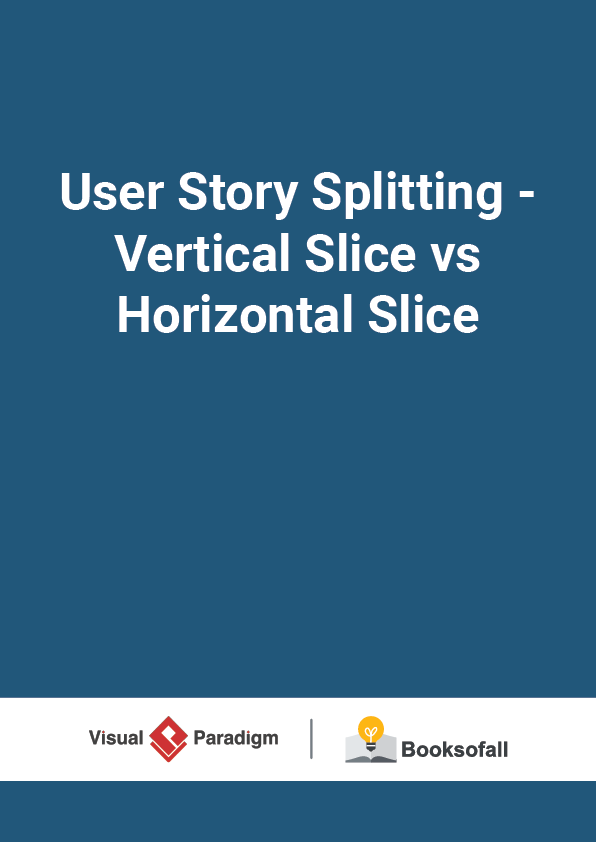


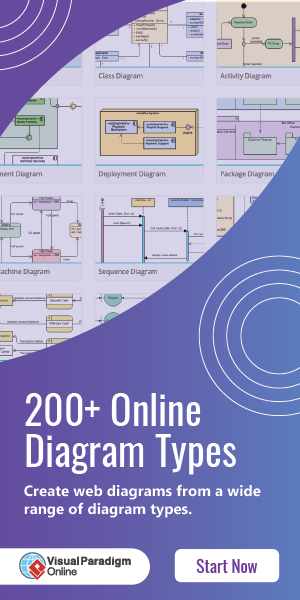
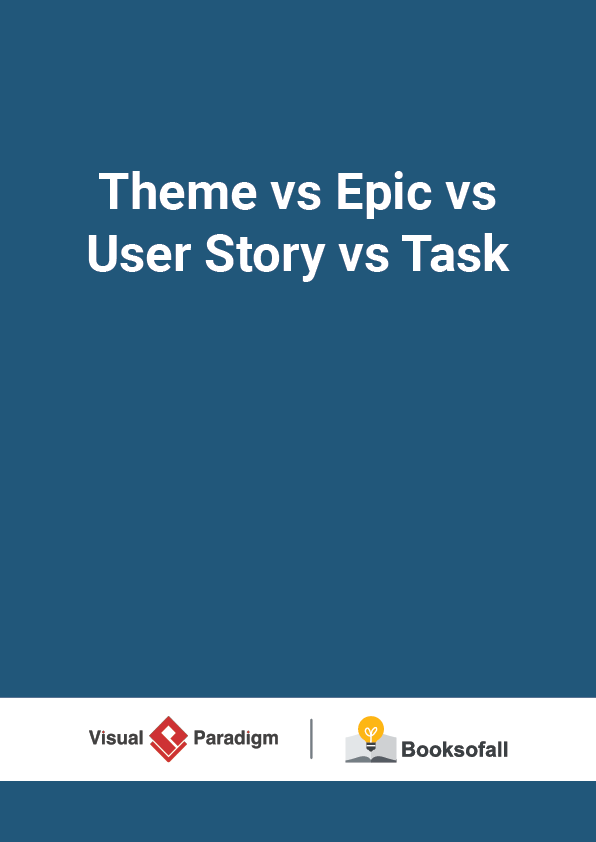
![What is Agile Software Development_ [Quick Guide]](https://www.booksofall.com/wp-content/uploads/2022/05/What-is-Agile-Software-Development_-Quick-Guide-01.png)
